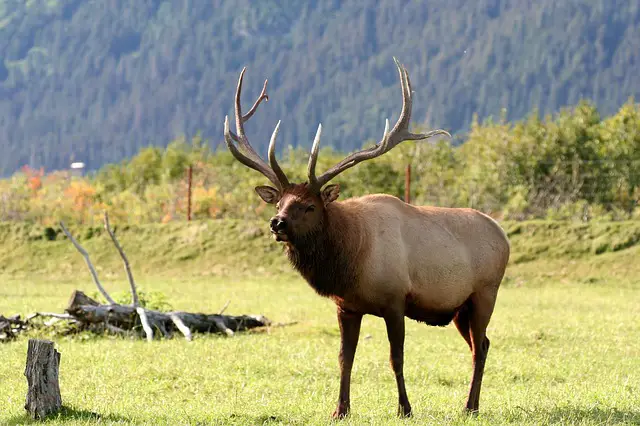Is it possible to outrun a mole? For that you will need to know the speed at which a moose runs!
Your running speed is a big factor. In this article, you’ll find out how fast a mouse can run, the factors that affect it’s speed, when it’ll run at you, and what to do.
How fast can a mountain moose run at a given speed? An average moose can run 22mph (35 km). A mature mature moose running at full speed can reach 35mph (60 km). When calves are two weeks old they start running. Calves can run up to 30 miles per hour and can jump from 8-10 feet. They are also excellent swimmers, able to swim up 10 miles per hour.
Even though you might not realize it, moose are fast animals. A moose attack could be very devastating with the male moose at 1200 to 1600 and the female moose at 800 to 1,300lbs.

Apart from that, moose may also inflict damage on the back yards of farms and crops.
What is the fastest speed a moose can run?
Moose generally have a good running speed. Different factors can impact how fast this animal is able to run. The animal’s age, stage and terrain are all important factors.
A moose that is uninjured, healthy, and of average age can run up 22 mph (35 km) in clear terrain. It is also believed that a moose may run as fast as 37 miles per hour if necessary.
Apart from running, a moose is capable of trotting at 19mph (30km), which can be quite fast even for casual trots.
Why are moose quick runners?
The size of the moose and length of their gait will determine their ability to run fast. Moose have long legs. Their front legs are shorter than their rear.
This makes it possible for moose to run fast on more challenging terrain. This is because the long legs of the moose allow for great jumping ability over any obstacles such as rocks and fallen trees.
It is important to remember that, although a moose has a faster running speed than humans, its eyesight is not as good as ours.
Moose are also agile on land. They can run up to 35 MPH over short distances. They can also trot at 20 MPH.
The largest deer breed is the moose. The enormous antlers of males, which can stretch 6 feet from the end to the end, are instantly recognizable. The long, slender faces of moose are accentuated by their muzzles, which hang down over their chins. Each moose is equipped with a flap of skin that can be called a bell.
